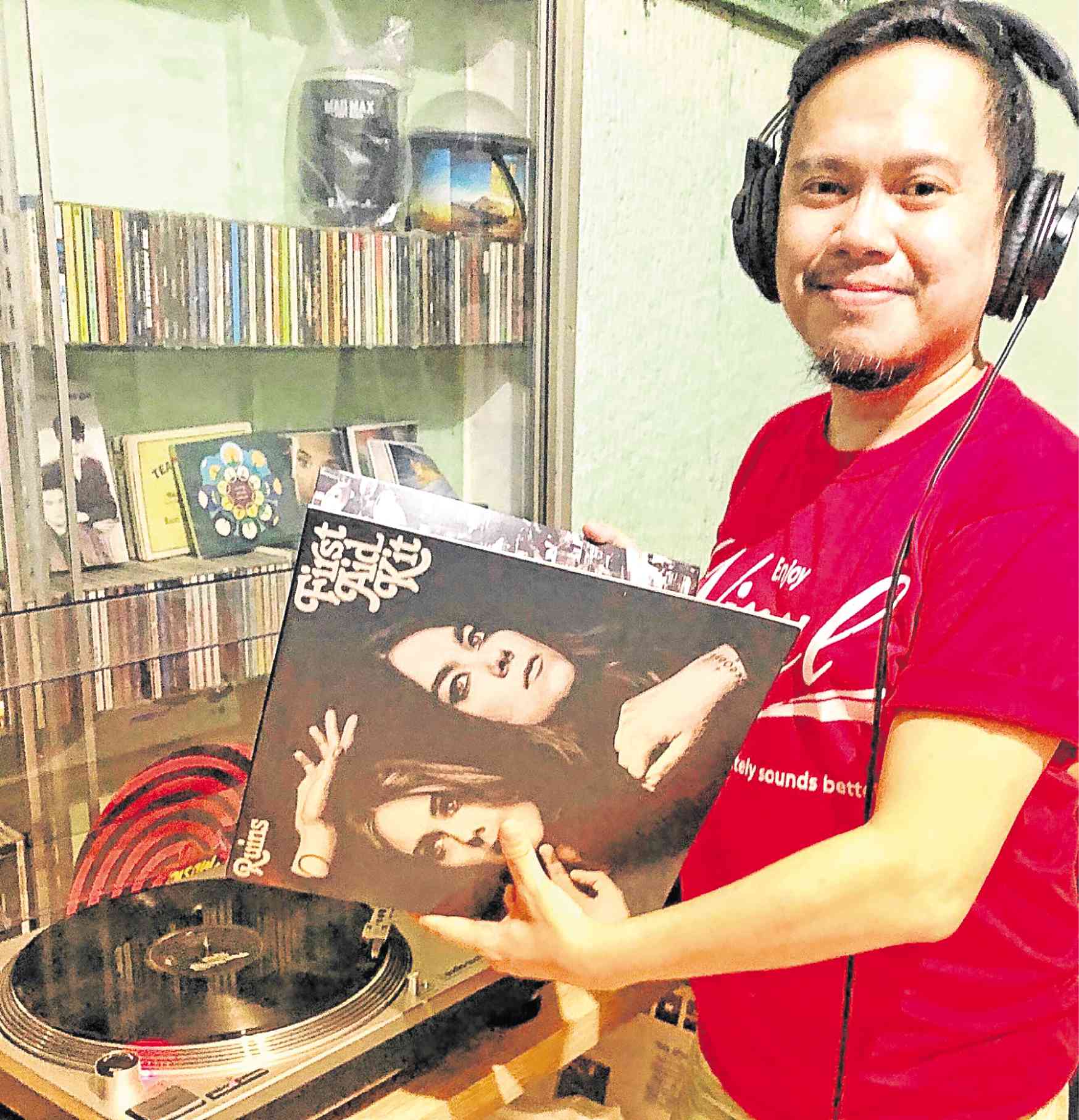What’s old is gold

For a while there, people thought the resurgence in the sales of vinyl some eight years back was a fluke, a flash in the pan, a one-hit wonder.
Not anymore.
According to data from the Recording Industry Association of America, unit sales of vinyl in the United States went up by 7.2 percent in 2018 to 16.7 million units, from 15.6 million the previous year, with corresponding revenues rising by 7.9 percent to $419.2 million from $388.5 million.
In stark contrast, CD sales there dropped by a hefty 40.7 percent to 52 million units in 2018 from 87.7 million the previous year.
Revenues from CDs thus plummeted to just under $700 million in 2018 from around $1.06 billion in 2017.
The annual growth in the vinyl sales in the United States is seen in other markets, including the Philippines.
MusicHaven owner and veteran vinyl retailer Rene Rivo tells the Inquirer that sales have never been better, with younger Filipinos getting turned on to the vinyl music format.
Rivo shares that since last year, there has been a marked increase in the sales of starter turntable kits, comprised of a vintage turntable, an amplifier and speakers, which together cost some P30,000 to P35,000.
“These are for the graduates of the portable turntables who now want to go into vinyl more seriously,” says Rivo, who attributes the positive vinyl trend in the Philippines to the desire for a new kind of sound experience amid all things digital.
True Faith frontman Meds Marfil is one of the growing number of Filipinos who have become certified vinyl fanatics.
“Vinyl just feels more personal, more real. There is a physical and emotional connection there,” says Marfil, who got back into active vinyl collecting in 2017.
Marfil adds that with vinyl, music enthusiasts get to better appreciate the art behind the music.
Not only does the music sound better—as more details are heard compared to the sound coming from the “compressed” disc or even streaming services—but buyers get extra details and stories from the vinyl cover and the liner notes, data that are missed in the digital realm.
These all combine to make the listening experience fuller, and one that younger Filipinos—those born in the digital age—are willing to pay for.
No wonder then that local record companies have started issuing back catalogs in vinyl, including True Faith’s hit collection to mark its 25th year in the industry.
Indeed, vinyl has become more expensive due mainly to the limited runs as well as the active secondary market that has driven up the prices of prized records like those of the 70s staples Juan de la Cruz band, Apo Hiking Society, VST & Co. and Asin.
Rivo says it is not unusual for these OPM classics to sell for P3,500 each, depending on the quality.
Filipinos looking for these classics can go to Newport Mall, Resorts World Manila on April 13 for Record Store Day Philippines 2019 hosted by MusicHaven, during which music and vinyl enthusiasts can gather to buy and swap records and also celebrate the resurrection of vinyl.
